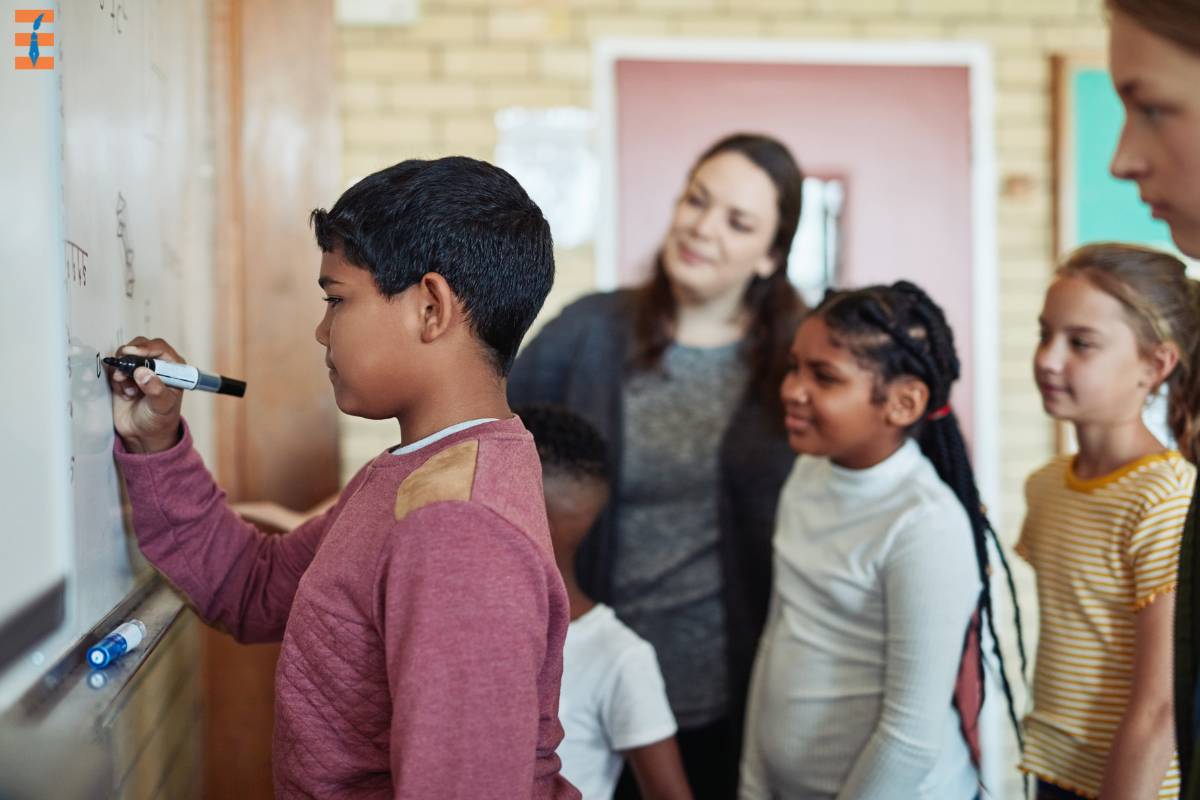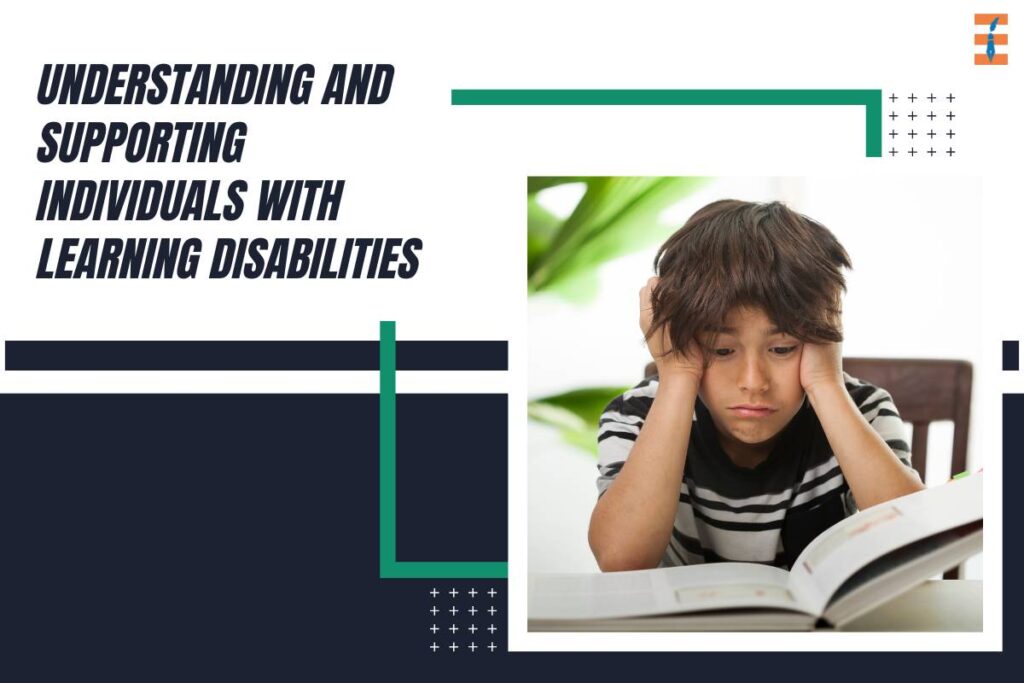Learning disabilities are often misunderstood and underestimated conditions that affect millions of people worldwide. Despite the prevalence of learning incapacities, there is still a significant lack of awareness and understanding surrounding them. In this article, we delve into the complexities of learning disabilities, exploring their definition, causes, types, and most importantly, strategies for support and empowerment.
Defining Learning Disabilities
It refers to a group of neurological disorders that impact the brain’s ability to receive, process, store, and respond to information. These difficulties manifest in various areas such as reading, writing, mathematics, reasoning, and comprehension. Importantly, learning incapacities are not indicative of intelligence; individuals with learning incapacities often possess average or above-average intelligence levels.
Understanding the Causes
The exact causes of this remain unclear, but research suggests a combination of genetic, environmental, and neurological factors. Genetic predisposition plays a significant role, with learning disabilities often running in families. Additionally, prenatal exposure to toxins, premature birth, birth complications, and early childhood experiences can contribute to the development of it.
Types of Learning Disabilities
It encompasses a range of conditions, each with its unique characteristics and challenges:
1. Dyslexia
Affecting reading and language processing skills, dyslexia makes it difficult for individuals to decode words, recognize spelling patterns, and comprehend written text.
2. Dysgraphia

Individuals with dysgraphia struggle with writing skills, experiencing difficulties with handwriting, spelling, and organizing thoughts on paper.
3. Dyscalculia
Dyscalculia affects mathematical abilities, making it challenging to understand numerical concepts, perform calculations, and solve mathematical problems.
4. Auditory Processing Disorder (APD)
APD impairs the brain’s ability to interpret sounds, leading to difficulties in processing auditory information, following instructions, and distinguishing between similar sounds.
5. Visual Processing Disorder
This condition affects how the brain processes visual information, causing difficulties with tasks such as reading, writing, and spatial awareness.
Support and Strategies for Success
While this presents unique challenges, early identification, and appropriate support can significantly enhance an individual’s quality of life and academic success. Here are some strategies for supporting individuals with learning incapacities:
1. Individualized Education Plans (IEPs)
IEPs outline specific learning goals, accommodations, and support services tailored to the individual’s needs. These plans ensure that students receive personalized attention and assistance in the classroom.
2. Multisensory Learning Approaches
Utilizing multiple senses, such as sight, sound, and touch, can help individuals with learning incapacities better understand and retain information. Techniques like incorporating visual aids, interactive activities, and hands-on learning can enhance comprehension and engagement.
3. Assistive Technology

Assistive technology tools and software can level the playing field for individuals with learning disabilities. Text-to-speech software, speech recognition programs, graphic organizers, and audiobooks are examples of assistive technology that can support reading, writing, and communication skills.
4. Positive Reinforcement and Encouragement
Building self-esteem and confidence is essential for individuals with learning disabilities. Providing positive reinforcement, celebrating achievements, and fostering a supportive learning environment can empower individuals to overcome challenges and reach their full potential.
5. Collaborative Approach
Collaboration between educators, parents, healthcare professionals, and support staff is crucial in effectively addressing the needs of individuals with learning disabilities. By working together and sharing insights and resources, stakeholders can develop comprehensive strategies for success.
6. Challenging Stigma and Promoting Inclusion
Despite progress in understanding and supporting individuals with learning disabilities, stigma and misconceptions persist. It is essential to challenge these stereotypes and promote inclusivity and acceptance. Emphasizing the strengths and talents of individuals with learning disabilities, celebrating diversity, and advocating for equal opportunities can create a more inclusive society where everyone has the chance to thrive.
Looking Beyond Limitations
It’s crucial to recognize that individuals with learning disabilities possess a diverse range of talents, skills, and perspectives that enrich our communities. By embracing neurodiversity—the understanding that neurological differences are natural and valuable—we can create environments that celebrate individual strengths and accommodate diverse learning styles.
Empowering individuals with learning disabilities involves not only providing necessary accommodations but also fostering a culture of acceptance and support. Schools, workplaces, and communities play pivotal roles in creating inclusive environments where everyone feels valued and respected.
Education is Key

Education is a powerful tool for breaking down barriers and creating opportunities for individuals with learning disabilities. By equipping educators with the knowledge and resources to support diverse learners, we can ensure that every student receives a quality education tailored to their needs.
Professional development programs, workshops, and resources focused on understanding learning disabilities and implementing effective teaching strategies are essential for educators at all levels. By promoting collaboration and sharing best practices, we can enhance the educational experience for students with learning disabilities and empower them to succeed academically and beyond.
Advocacy and Awareness
Advocacy plays a crucial role in raising awareness, influencing policy, and promoting societal change. Individuals, families, educators, and advocates must work together to advocate for the rights and needs of individuals with learning disabilities.
This advocacy includes:
- Raising awareness about the prevalence and impact of learning incapacities.
- Advocating for policies and legislation that ensure equal access to education, employment, and healthcare.
- Promoting research and innovation in the field of learning incapacities.
- Challenging stereotypes and misconceptions through education and dialogue.
- Amplifying the voices of individuals with learning incapacities and ensuring their perspectives are heard and valued.
By amplifying our collective voices and advocating for change, we can create a more inclusive and equitable society where individuals with learning disabilities are empowered to reach their full potential.
Conclusion
Learning disabilities affect millions of individuals worldwide, presenting unique challenges that require understanding, support, and advocacy. By fostering awareness, promoting acceptance, and providing necessary accommodations, we can create inclusive environments where individuals with these disabilities can thrive academically, professionally, and personally.
As a society, we must recognize the strengths and talents of individuals with learning disabilities and celebrate their contributions to our communities. By working together to challenge stigma, promote inclusion, and advocate for equal opportunities, we can create a more just and compassionate world for all.
Let us commit to unlocking the potential of individuals with learning disabilities and building a society where everyone is valued, supported, and empowered to succeed. Together, we can make a difference and create a brighter future for individuals of all abilities.










